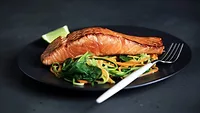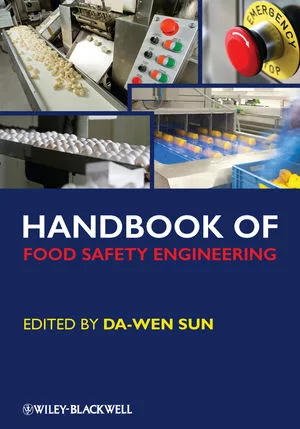Report highlights role of sustainable seafood certification
The MSC report shows that 94% of fisheries entering the MSC-certified program have made at least one improvement to achieve or maintain certification.

The Marine Stewardship Council (MSC), Washington, D.C., published a comprehensive analysis of the impact of sustainable seafood certification in safeguarding marine resources. The “MSC Global Impacts Report 2017” details more than a thousand examples of positive change made by certified fisheries to safeguard fish stocks and marine habitats.
Analysis of stock data from a sample of certified and non-certified fisheries shows that MSC-certified fisheries target healthy or recovering fish stocks. Overall, certified fisheries target larger populations of fish in the years following certification, and compared to non-certified fisheries, show less variability in the sustainability of target fish stocks.
"The MSC program provides both recognition and incentive for responsible ocean stewardship,” says Rupert Howes, MSC’s chief executive. “Twenty years since the creation of the MSC, certified fisheries today account for 12% of global marine catch. MSC-certified fisheries are targeting healthy and well-managed stocks. They are also safeguarding marine habitats and ecosystems through ongoing commitments to improve their performance.”
With certified fisheries currently comprising 12% of global marine catch, MSC’s goal is for 20% of all wild-caught seafood to come from fisheries engaged in the MSC program by 2020. The report demonstrates that with the correct incentives and actions, fisheries can achieve the sustainable performance required to meet SDG 14.
A catalyst for change in habitats, ecosystems management
The MSC report shows that 94% of fisheries entering the program have made at least one improvement to achieve or maintain certification, totalling more than 1,200 over the last 16 years. Of these, 117 actions by 39 fisheries contributed to improving habitat status, management and information. In total, MSC-certified fisheries have been involved with 46 new scientific research projects as part of efforts to better understand and minimize impacts on habitats.
“Investing in science and research has been a key part of the MSC’s journey over the past 20 years,” says Dr. David Agnew, science and standards director at the MSC. “Fisheries science and management is constantly evolving. That’s why we systematically review and update our standards to reflect best practice in fisheries science. The revised edition of the MSC Fisheries Standard, released in 2014, features an increase in requirements for habitat protection.”
Looking for quick answers on food safety topics?
Try Ask FSM, our new smart AI search tool.
Ask FSM →
To date, 18 MSC-certified fisheries have changed where and how they fish to minimize damage to seabed habitats, with some implementing voluntary closed areas to maintain certification.
Assurance in the supply chain
Ensuring that fisheries are sustainable is only one side of the equation. The MSC requires that certified seafood is traceable from the fishery to the consumer, and checks the integrity of its chain of custody certification system regularly. A 2016 study commissioned by the MSC tested the DNA of fish sold in 122 UK fish and chip shops. The study revealed mislabelling at a rate of just 1.64% in shops with an MSC certificate, compared to over 8% in non-certified shops. Overall DNA testing results since 2009 have shown near negligible (<1%) levels of mislabelling for MSC-certified products, compared to a global average of 30%.
More to do for the future
Roughly half of fisheries that complete voluntary pre-assessment to the MSC Fisheries Standard do not progress to full assessment, suggesting that they have work to do to reach the requirements of certification.
The MSC Global Impacts Report maps the location of certified fisheries in large marine ecosystems around the world, showing the proportion of MSC-certified fisheries in areas of international importance to biodiversity. The maps reveal a need to support small-scale fisheries, particularly those in developing countries, on the road to sustainability. MSC is developing new tools and investing in scientific research to support fisheries in achieving MSC certification.
This article was originally posted on www.refrigeratedfrozenfood.com.








.webp?t=1721343192)